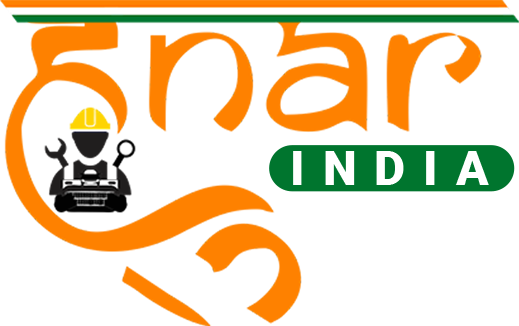Ultrasonic Sensor
School Level
Packages comprises of
- Recorded Lectures
- Study Material - Pdf
- Edp
- Assessment followed by certificate after completion of 50 %
- Prototype Project view of minimum duration
- Mentorship
- Submission of Project
- Certificate after successful completion of project work
Overview
Project Based Learning (PBL) is a teaching method in which students learn by actively engaging in real-world and personally meaningful projects. Students work on a project over an extended period of time – from a week up to a semester – that engages them in solving a real-world problem or answering a complex question. They demonstrate their knowledge and skills by creating a public product or presentation for a real audience.
As a result, students develop deep content knowledge as well as critical thinking, collaboration, creativity, and communication skills. Project Based Learning unleashes contagious, creative energy among students and teachers.
Ultrasonic sensors are used primarily as proximity sensors. They can be found in automobile self-parking technology and anti-collision safety systems. Ultrasonic sensors are also used in robotic obstacle detection systems, as well as manufacturing technology.
An ultrasonic sensor emits a sound pulse in the ultrasonic range. This sound pulse propagates at the speed of sound through air (about 344 meters per second) until the sound pulse encounters an object. The sound pulse bounces off the object and is returned in reverse to the sensor where this "echo" is received.
For ultrasonic sensing, the most widely used range is 40 to 70 kHz. The frequency determines range and resolution; the lower frequencies produce the greatest sensing range. At 58 kHz, a commonly used frequency, the measurement resolution is one centimeter (cm), and range is up to 11 meters.

Let's Connect...
Are you interested in Ultrasonic Sensor | PBL ?
or Looking for Something else post your enquiry below.
Please rotate your device
We don't support landscape mode yet. Please go back to Portrait mode for the best experience.

Hunar India
Typically replies within a day
Hunar India
Hi there
How can I help you?
12:06




